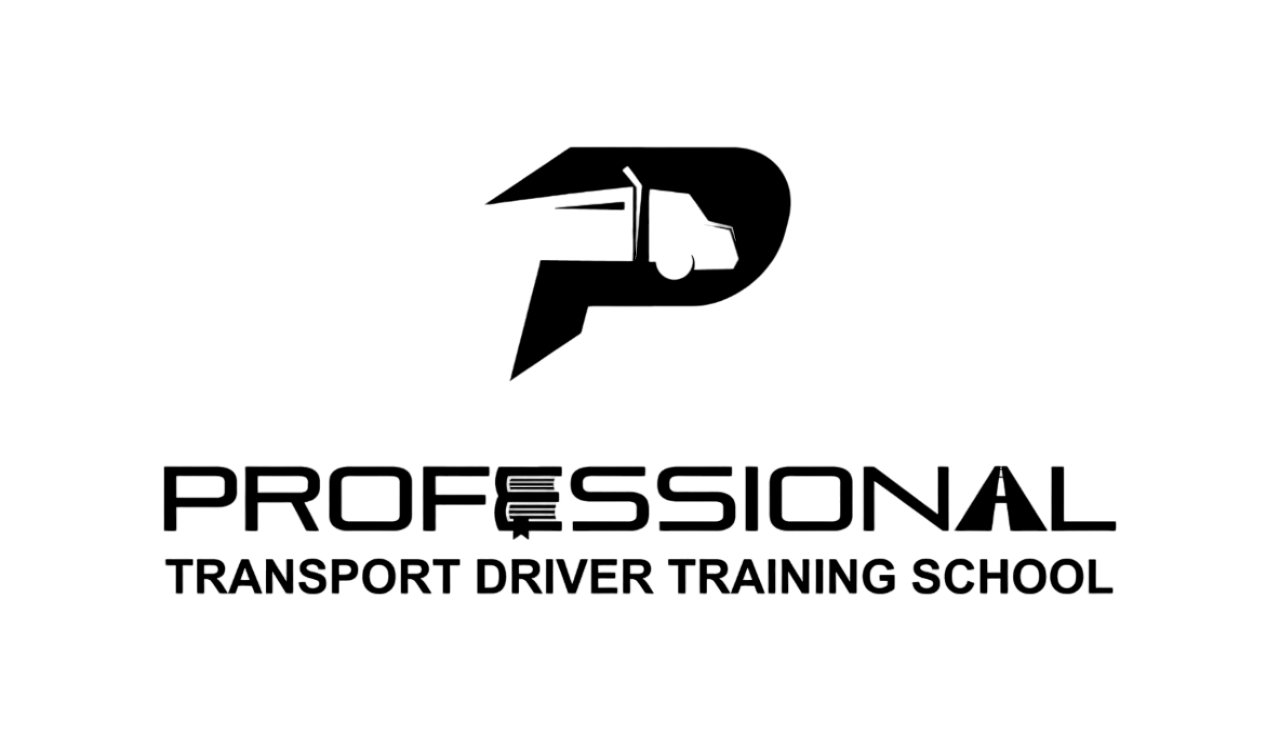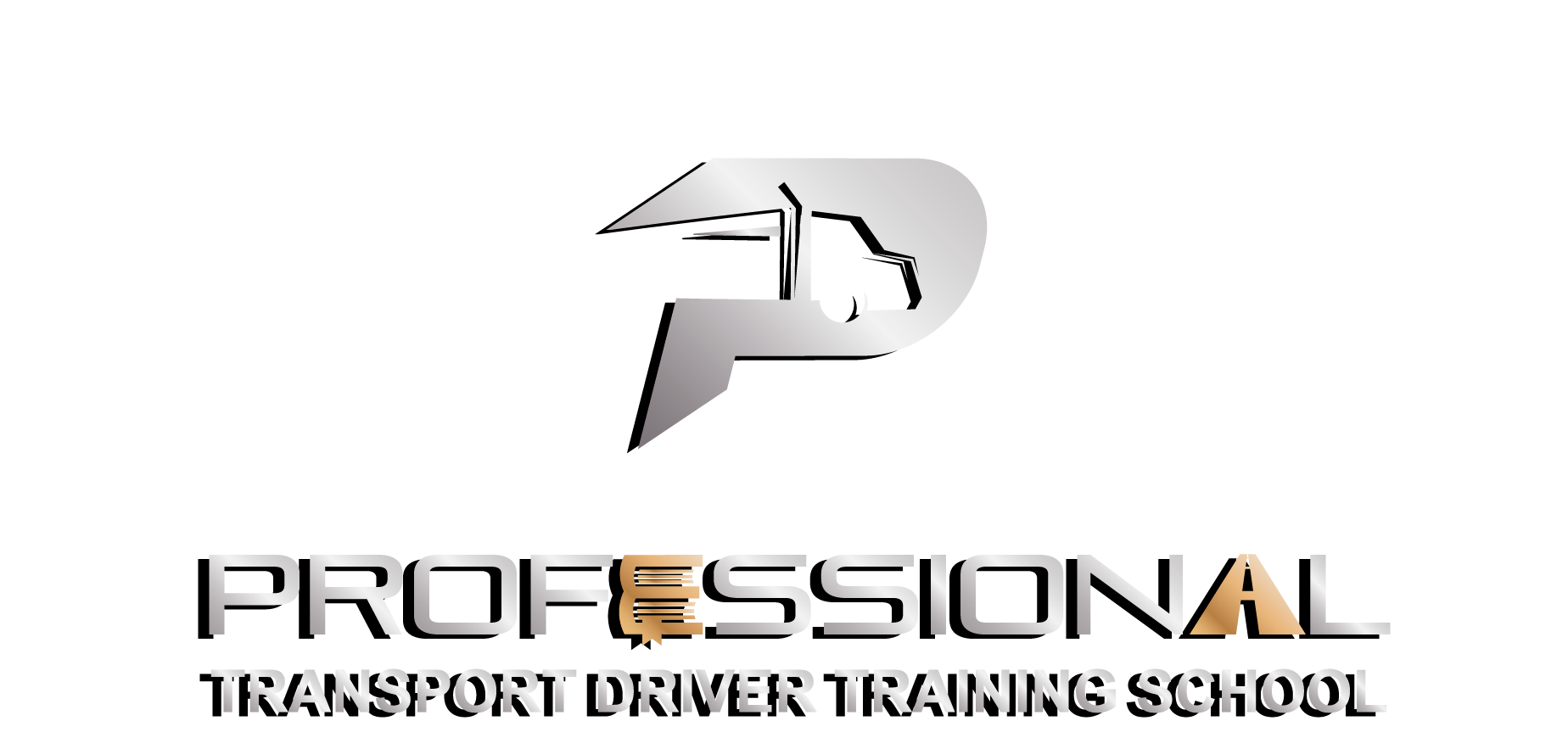Health 101: Long Haul Drivers and COVID-19
While COVID-19 vaccination reduces the severity of the virus and your chances of catching it, you still need to take precautions. Many people have reportedly caught the virus even after vaccination.
Long haul drivers spend most of their time out on the road, alone in a truck cab. Even so, as a truck driver, you need to take precautions to protect yourself from the virus. The Center for Disease Control and Prevention (CDC) has set the following guidelines for truck drivers to follow to protect against the virus:
Socially distance yourself when in contact with other workers
As a long-haul driver, you will come in contact with other people from dock to store workers. You want to maintain a distance of at least 6 feet from them when you do.
Limit your interaction with others as much as you can. It may be difficult since the job requires you to interact with others when loading, unloading, or fueling, but be sure to social distance when any type of interaction is required.
Wear a mask
Social distancing doesn’t mean you can skip wearing a mask. The mask protects your mouth or nose, two entry points for the virus.
There are tons of asymptomatic cases in which people serve as carriers of the virus. They can be transmitted and symptomatic and serious when caught by another. Social distancing and wearing a mask greatly reduces your chances of catching the virus.
The type of mask you wear is also important. For comfort and protection, CDC suggests wearing a cloth mask. These masks can be washed and reused.
But not all cloth masks provide the same level of protection. It’s recommended that you buy one that is double layered so you can breathe with ease while still being protected from exposure to the virus.
Clean and disinfect objects you touch frequently
Once the virus hits a surface, it stays for some time. Therefore, you need to clean and disinfect the following surfaces frequently:
- Various surfaces in the truck cab such as door handles, dashboard, steering wheel, radio, air ducts, turn signals, and temperature control. You want to disinfect all the surfaces you will touch when out on the road.
- Switches and mattress tray in the sleeper berth.
- Any surface touched by a third party such as mechanics or a coworker.
Furthermore, you want to keep the exterior and interior of the truck clean at all times. This
truck cleaning guide
should help you.
Wash your hands frequently
You need to keep your hands clean at all times. The best way to do that is by washing them frequently and thoroughly for 20 seconds.
If you don’t have soap and water available, you can use a hand sanitizer. The sanitizer should have been at least 60% alcohol.
Ideally, this is when you should disinfect or wash your hands:
- After you enter or leave the truck cab.
- Before and after preparing your food or eating.
- After you’ve used the toilet.
- Immediately after you’ve coughed or sneezed.
- Before and after any activity that requires you to touch any object or surface.
Avoid touching your face
One of the easiest ways to catch the virus is through touching infected surfaces and then your face. The virus typically gets into the body through the nose, eyes, or mouth. If you have to touch your face, be sure to wash your hand or use hand sanitizers before you do.
Become a long-haul truck driver and drive safely!
COVID-19 has resulted in truck driving health risks that we have never experienced before. With far more health concerns than ever, truck drivers need to be prepared not just in terms of road safety, but also with their physical and mental health.
At Professional Transport Driver Training School, we prepare our drivers for the road and ensure they know how to deal with the physical and mental stress related to the job. Learn more about how we prepare the top long haul drivers in Canada by calling us at 204-925-1587 or
inquiring online
.











